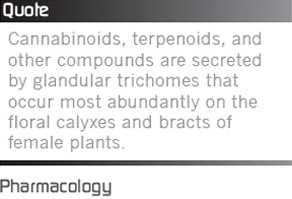Commission in 1972 concluded that “the physiological effects of the use of cannabis are of a relatively harmless nature.” Cannabis is a plant that has been used in recorded history for well over 7,000 years for its many uses which includes the fibre from the plant (also known as hemp), its medicinal, spiritual and psychoactive effects and for nourishment from its oil-bearing seeds and flowers. All parts of the plant have a variety of uses, and there are many different varieties planted and grown in a host of different ways. These are harvested at different times, depending on the purpose for which it is grown. Cannabis (Cán-na-bis) is a genus of flowering plants that includes three recognised (although debated) species, Cannabis sativa L., Cannabis indica Lam., and Cannabis ruderalis Janisch. These three taxa are indigenous to central Asia and its surrounding regions. The plant is believed to have originated in the mountainous regions just north west of the Himalayas. Most strains of cannabis are short day plants, with the exception of C. sativa subsp. sativa var. spontanea also called C. ruderalis, which is commonly described as “auto-flowering” and may be day-neutral ie not controlled by a set 12 hour day/night photoperiod to induce flowering. Cannabinoids, terpenoids, and other compounds are secreted by glandular trichomes that occur most abundantly on |
the floral calyxes and bracts of female plants. Cannabis is naturally diploid, having a chromosome complement of 2n=20, although polyploid individuals have been artificially produced. Cannabis plants produce a group of chemicals called cannabinoids which produce mental and physical effects when consumed. In the early 20th century, the cultivation and possession of cannabis for recreational/medical/ spiritual use was outlawed in most countries.
The main psychoactive chemical compound in cannabis is Δ9- tetrahydrocannabinol (THC), however, the plant is known to contain in excess of sixty cannabinoids to date; the majority of these cannabinoids are only produced in trace amounts. Besides THC, another cannabinoid produced in high concentrations by some plants is cannabidiol (CBD). This cannabidiol acts on the nervous system as a sedative and has recently been shown to block the effect of THC. Cannabis varieties and cultivation methods employed produce differences in the chemical composition of cannabis and its effects on humans. A synthetic form of THC, called dronabinol... |

